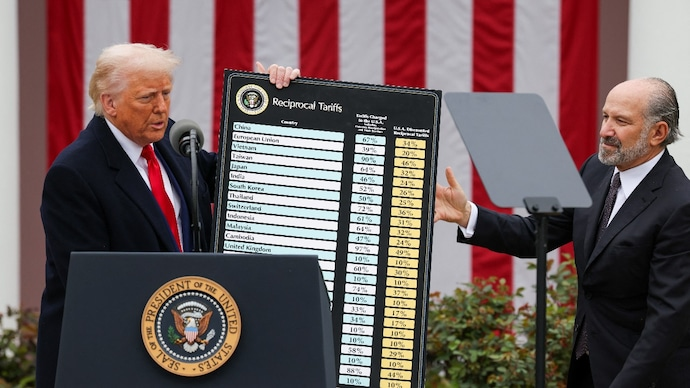Nintendo’s sudden suspension of Nintendo Switch 2 pre-orders in the U.S. has sent ripples through the gaming industry, as escalating U.S. tariffs raise serious questions about hardware pricing and consumer accessibility.
Originally priced at $449.99, the Switch 2 may now exceed $600, with analysts warning of broader implications across consoles, accessories, and physical games.
📉 Analysts: Tariffs Create Unprecedented Pricing Challenges
Nintendo halted its pre-order phase in response to sweeping new import tariffs, particularly those impacting manufacturing hubs used in producing consoles and accessories. Industry experts are sounding the alarm:
“Nintendo will likely announce price increases—not just for the system, but also for games and accessories.”
— Dr. Serkan Toto, CEO of Kantan Games
“Any sensible company with global supply chains is now reevaluating U.S. pricing. This is a necessity.”
— Mat Piscatella, Senior Analyst, Circana
The speed and scope of the tariffs have left many unprepared, with even seasoned analysts admitting they’re caught off guard.
💰 What Could Change?
- Console Price: May rise above $600 if tariffs are applied to full manufacturing/import costs.
- Games & Accessories: Could see smaller increases; digital games might avoid direct impact.
- Digital vs. Physical: Digital distribution may become a safe haven due to lower logistics and tariff costs.
“Physical versions could be hit hardest, while digital will likely remain more stable.”
— Manu Rosier, Head of Market Analysis, Newzoo
🧩 Behind Nintendo’s Strategy
Some experts believe Nintendo already priced the Switch 2 conservatively to cushion against economic swings:
“They likely factored in economic risks when they set the $449 price tag. The target was an inflation-adjusted $400.”
— Joost van Dreunen, NYU Stern School of Business
But if price hikes become necessary, Nintendo risks backlash from casual buyers:
“Loyal fans may stick around, but higher prices could push away the mainstream market.”
— Piers Harding-Rolls, Ampere Analysis
⚙️ Industry-Wide Disruption
The situation goes far beyond Nintendo. Tariffs could trigger:
- Supply chain overhauls (costly and time-consuming)
- Delays in product launches
- Long-term strategy shifts for global production
“You can’t just move your supply chain overnight—logistically it’s impossible.”
— Rhys Elliott, Alinea Analytics
🎮 Bottom Line
Nintendo—and the gaming industry at large—is at a crossroads. Tariffs threaten to raise prices and shake consumer confidence at a time when anticipation for next-gen hardware is peaking.
While digital distribution and proactive supply planning might soften the blow, the Switch 2’s final U.S. price tag remains uncertain, and the industry is officially in crisis mode.
Stay tuned as Nintendo runs its simulations and recalibrates its launch strategy—because $449.99 might just become a nostalgic number.




